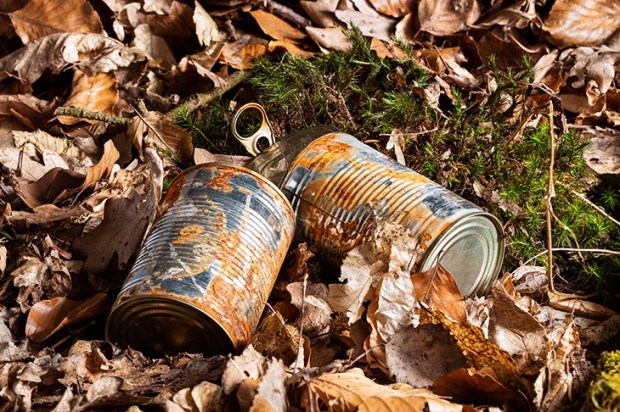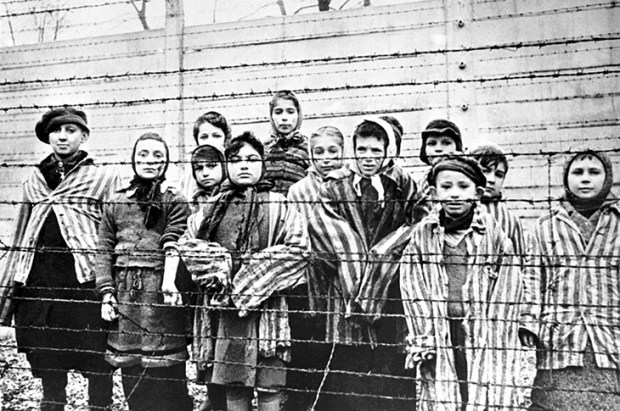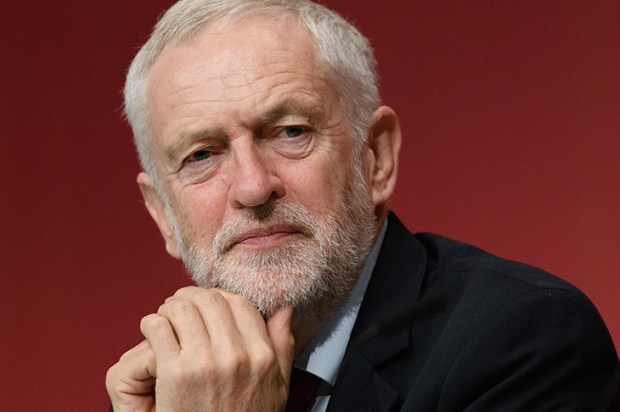Long-suffering Spectator readers deserve a seasonal break from yet another Remoaner diatribe from me. My last on this page, making the outrageous suggestion that the populace may sometimes be wrong, is now being brandished by online Leaver-readers of my Times column as proof that I am in fact a fascist; so there isn’t anywhere much to go from there.
Instead, I turn to sex. There is little time left for me to write about sex as the thoughts of a septuagenarian on this subject (I turn 70 this year) may soon meet only a shudder. But I have a theory which I have the audacity to think important.
What follows is not written here for the first time, and much of it is neither original nor new; but on very few subjects have I ever been more sure I’m right, or more sure that future generations will see so, and wonder that it stared us in the face yet was not acknowledged. My firm belief is that in trying to categorise sex, sexuality and — yes — even gender, the late 19th, 20th and early 21st centuries have taken the medical and social sciences down a massive blind alley. No such categories exist. And it has been particularly sad in 2018 to see the ‘trans’ movement, with its hopes of modernising and liberalising public attitudes, walking straight into the same trap.
Sticking names on things and badges on people, and spouting corrosive nonsense about ‘crossing’ from one sex or sexuality or ‘gender’ to another can only warp self-knowledge and our knowledge of each other.
When I was young, I was told the whole world was divided into heterosexual men and heterosexual women, bar a small number of unfortunate ‘homosexuals’ of both genders and possibly an even smaller number in a third category, ‘bisexuals’, who ‘swung both ways’; plus, finally, a tiny band of wretched creatures who were physically not quite one thing or the other. Being from a kindly, liberal family, I was taught that sympathy, understanding and tolerance were called for, and these things were not a moral question and not a matter for the police.
Growing up in the 1950s, I had no idea how recently this prism had been applied to sexuality, splitting white sunlight into colour-bands; or that a century beforehand these rigid categories had not existed. But before the Victorians, sex was described more by verbs than nouns — as something people did rather than were — and sexual leanings, mainstream as well as minority, were appetites to which almost anyone might on occasion be prey. Those earlier ages had been vicious in their approach to morally disapproved behaviour but relaxed in their understanding that many, perhaps most, could feel the pull.
Then came an age in which the moral disapproval and legal sanctions were to fade — a good thing — but paddocks were to be constructed with pseudo-scientific names; and we were all to be badged, placed in one paddock or another, and (later) offered assistance and counselling if we wished to change paddock.
And the counting began. How many ‘homosexuals’ were there?
To my surprise (on re-reading), the first and still the most important such survey — undertaken in America by Alfred Kinsey and colleagues in the mid-20th century — was the most enlightened. Kinsey distrusted brutal categorisation but, wishing to count, constructed what came close to a sliding scale containing seven gradations between exclusive heterosexuality and exclusive homosexuality. He found that almost half his male interviewees had reacted sexually to both genders; more than a third had had a homosexual encounter; and more than one in ten reported roughly equally strong sexual responses to both men and women.
After Kinsey, the needle begins to swing so wildly between surveys that the best analysis is probably that we’re all at sea. Surveys for the Observer of ten and four years ago suggest that around 4 per cent of British men would call themselves ‘homosexual’. Meanwhile, the first paragraph of a YouGov survey in 2015 is worth quoting: ‘Asked to plot themselves on a “sexuality scale”, 23 per cent of British people choose something other than 100 per cent heterosexual — and the figure rises to 49 per cent among 18 to 24 year-olds’.
The important thing to note about this apparent variance, though, is that it may be more apparent than real, arising from the available menu of words offered to people. Words create categories. People don’t fall neatly into them.
In the 1960s and 1970s, as I matured and experimented, what I’d been told did not tally with what I encountered. I was never very promiscuous (or I’d be dead) but over the decades built up a modest personal casebook. Some of the men I slept with have gone straight despite a strong cultural barrier to a gay man doing this. Some friends I thought — knew — to be straight have gone gay, or ‘bisexual’. All in all, I’ve probably slept with as many straight men as self–identifying gay or bisexual ones: I doubt most were lying, and in some cases have reason to know they weren’t. For every ‘bisexual’ man who’s actually gay but reluctant to say so, there’s a straight man who’s actually bisexual. And there are plenty of ‘gay’ men who know that, in a different life, they could reasonably contentedly be straight. Indeed, hordes are: happy in real marriages with wives and children. And I’ve noticed in myself and heard reported from others how the shapes of our desires can shift with the years.
In what passes for the gay ‘community’, there’s something of a taboo about admitting, even to ourselves, that quite a few of us (not me) could, with a little coaxing and self-discipline, be ‘straight’. Straight men are equally reluctant to admit the converse. There exist strong reasons for this taboo among gays: first, ‘we can’t help it’ was absolutely central to our early pitch for equality, and we needed to believe it. Secondly, if sexuality really is modifiable for some, how long before someone suggests cognitive behavioural therapy minus (or even plus) the Hallelujahs?
Damn the Hallelujahs. The better view is that we’re free to choose. The coming age may extend that from sexuality to gender.
But with this sting which today’s trans lobby will hate. Don’t demand admittance to a new category. Don’t crave a different badge. Dare to believe that there are no categories, no badges, and no walls.
Got something to add? Join the discussion and comment below.
Get 10 issues for just $10
Subscribe to The Spectator Australia today for the next 10 magazine issues, plus full online access, for just $10.
You might disagree with half of it, but you’ll enjoy reading all of it. Try your first month for free, then just $2 a week for the remainder of your first year.















Comments
Don't miss out
Join the conversation with other Spectator Australia readers. Subscribe to leave a comment.
SUBSCRIBEAlready a subscriber? Log in